Home>Construction & Tools>Building Materials>How To Pressure Wash Brick House
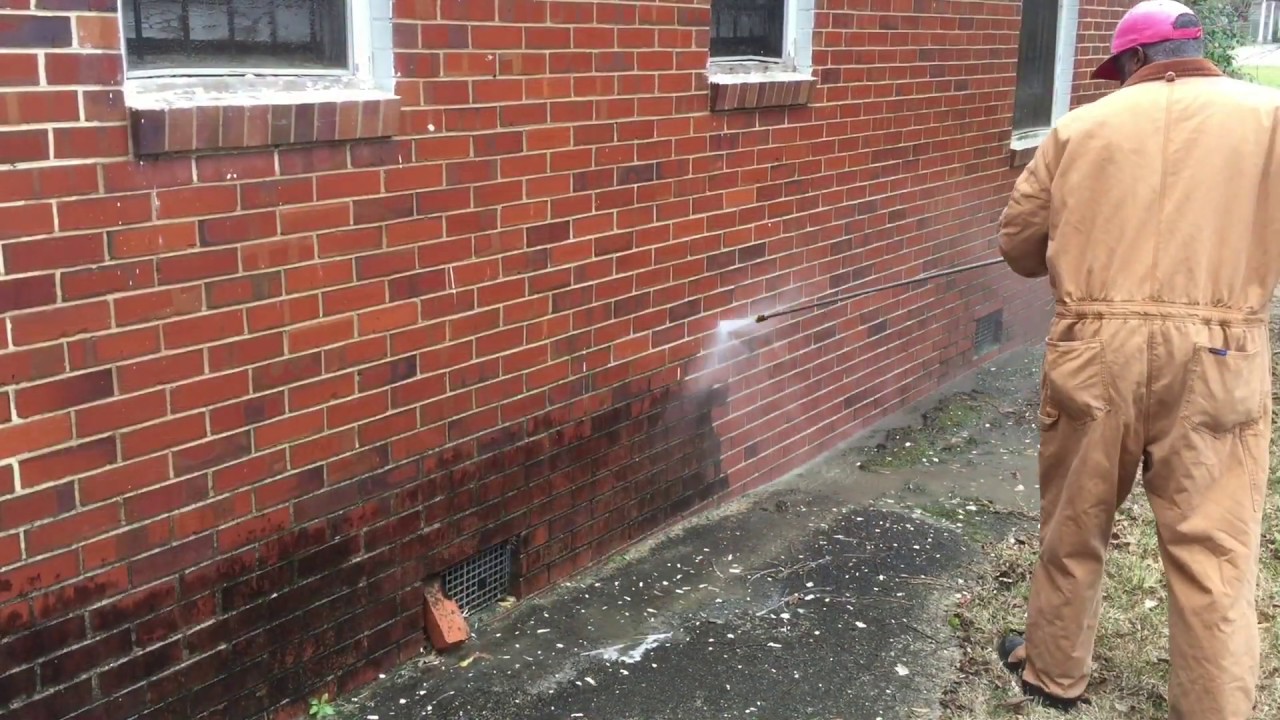

Building Materials
How To Pressure Wash Brick House
Modified: February 29, 2024
Learn the best techniques for pressure washing a brick house to remove dirt and grime, using the right building materials for a sparkling clean finish.
(Many of the links in this article redirect to a specific reviewed product. Your purchase of these products through affiliate links helps to generate commission for Storables.com, at no extra cost. Learn more)
Introduction
Welcome to the comprehensive guide on pressure washing a brick house. Brick is a timeless and durable building material, but over time, it can accumulate dirt, grime, and even mold. Pressure washing is an effective way to restore the original beauty of your brick house, making it look fresh and well-maintained. However, it’s crucial to approach this task with the right knowledge and techniques to ensure that you achieve the desired results without causing any damage.
In this article, we will walk you through the step-by-step process of pressure washing a brick house, covering everything from safety precautions to equipment and materials needed, choosing the right pressure washer, setting up the equipment, pressure washing techniques, cleaning solutions for brick, rinsing and drying, and final tips and considerations. By the end of this guide, you will have the confidence and know-how to tackle this project effectively and safely.
So, whether you’re a seasoned DIY enthusiast or a homeowner looking to spruce up your property, read on to discover the best practices for pressure washing your brick house and restoring its timeless charm.
Key Takeaways:
- Safety First!
Before pressure washing your brick house, prioritize safety by wearing protective gear, inspecting the work area, and ensuring proper ventilation. Keep others at a safe distance and follow manufacturer’s instructions for a secure cleaning experience. - Choose Wisely
Select the right pressure washer with suitable PSI, water flow, and nozzle options for effective cleaning. Prepare the area, use appropriate cleaning solutions, and employ proper techniques to restore your brick house’s timeless charm.
Read more: How To Match Brick On A House
Safety Precautions
Before embarking on any pressure washing project, it’s essential to prioritize safety. Pressure washers can exert a powerful force, and when combined with the appropriate cleaning solutions, they can pose potential hazards if not used with caution. Here are some crucial safety precautions to keep in mind:
- Protective Gear: Always wear appropriate protective gear, including safety goggles, gloves, and non-slip footwear. Additionally, consider wearing ear protection, especially when using gas-powered pressure washers, which can generate considerable noise.
- Inspect the Work Area: Before starting, thoroughly inspect the work area for any potential hazards, such as loose wires, debris, or obstacles that could impede your movement while operating the pressure washer.
- Electrical Safety: If you’re using an electric pressure washer, ensure that the power source and extension cords are suitable for outdoor use and are equipped with ground fault circuit interrupters (GFCIs) to prevent electric shocks.
- Sturdy Ladder Usage: If your project involves cleaning high areas, such as the upper sections of a two-story brick house, use a sturdy, well-maintained ladder and have a spotter to ensure stability and safety.
- Proper Ventilation: When working with cleaning solutions, ensure adequate ventilation to prevent inhalation of fumes. If using chemical cleaners, follow the manufacturer’s recommendations for safe handling and dilution.
- Pressure Washer Operation: Familiarize yourself with the operation of the pressure washer, including its controls and safety features. Always follow the manufacturer’s instructions for use and maintenance.
- Keep Others at a Safe Distance: Establish a safety perimeter around the work area to prevent bystanders, children, and pets from getting too close to the pressure washing zone.
By adhering to these safety precautions, you can mitigate potential risks and ensure a secure working environment while pressure washing your brick house. Remember, safety should always be the top priority when undertaking any home improvement project.
Equipment and Materials Needed
Before diving into the pressure washing process, it’s essential to gather the necessary equipment and materials to ensure a smooth and efficient operation. Here’s a comprehensive list of what you’ll need:
- Pressure Washer: Select a pressure washer suitable for residential use with a PSI (pounds per square inch) rating appropriate for cleaning brick surfaces. Gas-powered models offer higher pressure and are ideal for larger areas, while electric models are more lightweight and suitable for smaller projects.
- Nozzles and Attachments: Depending on the pressure washer model, you may need various nozzles and attachments, including a wide-angle nozzle for lower pressure and a rotary nozzle for tough stains. These accessories provide versatility in tackling different cleaning tasks.
- Extension Wand: An extension wand allows you to reach higher areas without the need for a ladder, enhancing safety and convenience during the cleaning process.
- Protective Gear: As mentioned in the safety precautions, ensure you have the appropriate protective gear, including safety goggles, gloves, and non-slip footwear.
- Cleaning Solutions: Depending on the level of dirt and stains, you may require specific cleaning solutions designed for brick surfaces. Biodegradable and eco-friendly options are recommended to minimize environmental impact.
- Bristle Brush: A stiff bristle brush can be useful for agitating stubborn stains or areas with ingrained dirt before pressure washing.
- Garden Hose: A garden hose with a reliable water supply is necessary for connecting to the pressure washer and for rinsing the area before and after pressure washing.
- Protective Plastic Sheeting: If there are nearby plants, outdoor furniture, or delicate surfaces that need protection from overspray or cleaning solutions, use protective plastic sheeting to cover and shield these areas.
- Appropriate Clothing: Wear old clothing that you don’t mind getting wet or dirty, as pressure washing can be a messy task.
- Ladder (if needed): If your project involves cleaning higher areas, ensure you have a sturdy ladder and, if possible, a spotter to assist with safety and stability.
By ensuring you have the right equipment and materials on hand, you can streamline the pressure washing process and achieve optimal results while maintaining a safe and organized work environment.
Preparing the Area
Properly preparing the area before beginning the pressure washing process is crucial for a successful and efficient cleaning operation. By taking the time to prepare the surroundings, you can minimize potential damage, ensure safety, and achieve the best results. Here’s a step-by-step guide to preparing the area for pressure washing:
- Clear the Surroundings: Remove any obstacles, outdoor furniture, and objects near the brick surfaces that could obstruct the pressure washing process. Clearing the area provides unobstructed access and reduces the risk of accidental damage to items in the vicinity.
- Protect Nearby Plants and Delicate Surfaces: Cover nearby plants, shrubs, and delicate surfaces with protective plastic sheeting to shield them from the impact of the pressure washer and cleaning solutions. This precaution helps prevent damage and minimizes the risk of exposing plants to potentially harmful chemicals.
- Pre-Wet Surrounding Surfaces: Before applying any cleaning solutions or operating the pressure washer, pre-wet the surrounding surfaces, including nearby walls, windows, and doors, with a gentle spray from a garden hose. This pre-wetting prevents the cleaning solutions and debris from adhering to these surfaces, making the rinsing process more manageable later on.
- Inspect and Repair Brick Surfaces: Take the time to inspect the brick surfaces for any visible damage, loose mortar, or cracks. Address any necessary repairs before pressure washing to prevent water from penetrating compromised areas and causing further deterioration.
- Test Cleaning Solutions: If you plan to use a specific cleaning solution, perform a small test patch on a discreet area of the brick surface to assess its effectiveness and ensure compatibility with the material. This step helps avoid potential discoloration or damage to the bricks.
- Secure Loose Items: Secure any loose items, such as outdoor decorations or light fixtures, to prevent them from being dislodged or damaged by the force of the pressure washer.
By diligently preparing the area before commencing the pressure washing process, you can create a controlled and safe environment while safeguarding surrounding elements from potential harm. This thoughtful preparation sets the stage for a successful and satisfying pressure washing experience.
Choosing the Right Pressure Washer
When it comes to pressure washing a brick house, selecting the appropriate pressure washer is paramount to achieving optimal results while ensuring the safety of the brick surfaces. Here are key factors to consider when choosing the right pressure washer for your project:
- Pressure Rating (PSI): The PSI (pounds per square inch) rating of a pressure washer indicates the force with which water is expelled from the nozzle. For cleaning brick surfaces, a pressure washer with a PSI range of 1500 to 2500 is generally suitable for residential use. Higher PSI ratings are more effective for tackling tough stains and larger areas, while lower PSI settings are gentler and ideal for regular maintenance.
- Water Flow (GPM): Gallons per minute (GPM) represents the water flow rate of the pressure washer. A higher GPM can help flush away debris and cleaning solutions more effectively, enhancing the overall cleaning process.
- Power Source: Pressure washers are available in gas-powered and electric models. Gas-powered units offer greater mobility and higher pressure output, making them suitable for larger areas and tougher cleaning tasks. Electric models are more lightweight, emit less noise, and are convenient for smaller residential projects.
- Nozzle Options: Look for pressure washers that offer a variety of nozzle options, including a wide-angle nozzle for lower pressure and a rotary nozzle for stubborn stains. The ability to adjust the nozzle settings provides versatility in cleaning different areas and surfaces.
- Portability and Maneuverability: Consider the weight and maneuverability of the pressure washer, especially if you anticipate cleaning hard-to-reach areas or elevated sections of the brick house. A portable and easy-to-manage unit can enhance efficiency and safety during operation.
- Additional Features: Some pressure washers come with features such as adjustable pressure settings, detergent tanks, and extension wands. Assess these additional features to determine their relevance to your specific cleaning needs and preferences.
By carefully evaluating these factors and selecting a pressure washer that aligns with the requirements of your brick house cleaning project, you can optimize the cleaning process and achieve exceptional results while safeguarding the integrity of the brick surfaces.
When pressure washing a brick house, start from the top and work your way down to prevent streaks. Use a wide spray pattern and keep the nozzle at least 12 inches away to avoid damaging the bricks.
Read more: How Is A Brick House Built
Setting Up the Pressure Washer
Before initiating the pressure washing process, it’s essential to properly set up the pressure washer and its components to ensure safe and effective operation. Here’s a detailed guide on setting up the pressure washer for your brick house cleaning project:
- Read the Manufacturer’s Instructions: Familiarize yourself with the user manual and operating instructions provided by the pressure washer’s manufacturer. This step is crucial for understanding the specific features, controls, and safety guidelines for your particular model.
- Connect the Water Supply: Attach a high-pressure hose to the water outlet on the pressure washer and connect the other end to a reliable outdoor water source, such as a garden hose spigot. Ensure that the water supply is sufficient and free from kinks or blockages to maintain consistent water flow to the pressure washer.
- Inspect and Connect Nozzles: Depending on the cleaning task at hand, select the appropriate nozzle for the pressure washer. Common nozzle options include a 25-degree angle for general cleaning, a 40-degree angle for delicate surfaces, and a rotary nozzle for stubborn stains. Once chosen, securely attach the selected nozzle to the spray wand or lance.
- Secure Power Source (if applicable): If using an electric pressure washer, ensure that the power cord and extension cord, if necessary, are rated for outdoor use and connected to a ground fault circuit interrupter (GFCI) outlet to prevent electrical hazards.
- Add Cleaning Solution (if needed): If you intend to use a cleaning solution, follow the manufacturer’s guidelines for dilution and application. Some pressure washers feature a detergent tank for convenient dispensing of cleaning agents, while others may require a separate application method.
- Prime the System: Before starting the pressure washer, purge any air from the system by running water through the spray wand or lance to ensure a steady flow without air pockets. This step helps prevent damage to the pump and ensures consistent water pressure during operation.
- Adjust Pressure Settings: If your pressure washer offers adjustable pressure settings, set the appropriate pressure level for cleaning brick surfaces. Begin with a lower pressure setting and increase as needed while monitoring the impact on the bricks to prevent potential damage.
By meticulously following these steps to set up the pressure washer, you can lay the groundwork for a safe, efficient, and controlled cleaning process, ultimately leading to the restoration of your brick house’s pristine appearance.
Pressure Washing Techniques
Mastering the proper pressure washing techniques is essential for achieving thorough cleaning results while safeguarding the integrity of your brick house. By employing the right methods, you can effectively remove dirt, grime, and stains without causing damage to the brick surfaces. Here are the key pressure washing techniques to employ:
- Keep a Safe Distance: Maintain a safe distance between the pressure washer’s nozzle and the brick surface to prevent potential damage. Begin with a distance of approximately 2 feet and adjust as needed, ensuring that the water stream effectively cleans the surface without exerting excessive force.
- Work in Sections: Divide the brick house into manageable sections and focus on one area at a time. This approach allows for thorough cleaning and ensures that no areas are overlooked. Start from the top and work your way down to prevent streaking caused by runoff.
- Use Even, Overlapping Strokes: When directing the spray, employ even and overlapping strokes to achieve consistent coverage and prevent uneven cleaning patterns. This technique helps avoid striping and ensures a uniform appearance across the entire surface.
- Angle of Application: Maintain a consistent angle of approximately 45 degrees between the nozzle and the brick surface. Avoid directing the water stream at a steep angle, as this can drive water behind the bricks, potentially causing moisture-related issues.
- Address Stubborn Stains Carefully: For areas with persistent stains or discoloration, gently increase the pressure or use a narrower nozzle setting to concentrate the water stream. Exercise caution and monitor the impact on the bricks to avoid damage from excessive pressure.
- Work from Bottom to Top for Rinsing: When rinsing the cleaning solution or debris from the brick surfaces, start from the bottom and work your way upward. This approach prevents streaking and ensures thorough rinsing without leaving residue or cleaning solution runoff marks.
- Regularly Inspect the Progress: Periodically assess the cleaning progress and adjust the pressure washer settings as necessary. Be attentive to any signs of damage or excessive force, and make adjustments to the distance and pressure to maintain the integrity of the bricks.
By employing these proven pressure washing techniques, you can effectively revitalize the appearance of your brick house while adhering to safe and responsible cleaning practices. These methods facilitate a comprehensive and meticulous cleaning process, resulting in a rejuvenated and well-maintained exterior.
Cleaning Solutions for Brick
Choosing the appropriate cleaning solution is a crucial aspect of pressure washing a brick house, as it can significantly impact the cleaning efficacy and the overall condition of the brick surfaces. While water alone can remove surface dirt, stains, and mildew to some extent, using a suitable cleaning solution can enhance the cleaning process and address more stubborn blemishes. Here are several effective cleaning solutions for cleaning brick:
- Mild Detergent and Water: A solution of mild detergent, such as dish soap or a gentle liquid cleaner, combined with water can effectively remove general dirt, dust, and light stains from brick surfaces. Mix the detergent with water in a bucket according to the manufacturer’s recommendations and apply it to the bricks before pressure washing.
- Vinegar and Water: A mixture of white vinegar and water serves as a natural and eco-friendly cleaning solution for brick. The mild acidity of vinegar helps dissolve mineral deposits and grime, making it particularly effective for addressing efflorescence and mineral staining on the brick surface.
- Baking Soda Paste: For localized stains and tough spots, create a paste using baking soda and water. Apply the paste to the affected areas and allow it to sit for a short duration before gently scrubbing with a bristle brush. This method can effectively lift stubborn stains before pressure washing.
- Specialized Brick Cleaners: There are commercially available cleaners specifically formulated for cleaning brick and masonry surfaces. These products are designed to address a range of stains, including mold, mildew, and atmospheric soiling, while being safe for the brick material.
- Oxygenated Bleach Solution: Oxygenated bleach, such as sodium percarbonate, can be mixed with water to create a powerful yet gentle cleaning solution for brick. This type of bleach is non-toxic and biodegradable, making it suitable for environmentally conscious cleaning practices.
- Biodegradable Cleaners: Look for biodegradable and environmentally friendly cleaning solutions that are designed for masonry surfaces. These cleaners are formulated to minimize environmental impact while effectively removing dirt, grime, and stains from brick without compromising its integrity.
Before applying any cleaning solution, it’s important to perform a small test patch on a discreet area of the brick surface to assess its compatibility and impact. Additionally, always follow the manufacturer’s instructions for dilution, application, and rinsing to ensure optimal results and prevent potential damage to the bricks.
By selecting the appropriate cleaning solution and applying it judiciously, you can enhance the cleaning process and achieve a refreshed and rejuvenated appearance for your brick house while maintaining the integrity of the brick material.
Rinsing and Drying
After the pressure washing and application of cleaning solutions, thorough rinsing and proper drying are essential to complete the brick house cleaning process. These final steps ensure that any residual cleaning agents, debris, and contaminants are effectively removed, leaving the brick surfaces clean and ready to showcase their renewed appearance. Here’s a comprehensive guide to rinsing and drying the brick surfaces:
- Rinsing with Water: Using the pressure washer or a garden hose, thoroughly rinse the entire brick surface from top to bottom. Ensure that all cleaning solutions and debris are flushed away, paying particular attention to any crevices, mortar joints, and intricate details on the bricks.
- Monitor Runoff and Staining: As you rinse the brick surfaces, observe the runoff to ensure that no residual cleaning solution or dirt streaks remain. Adjust the rinsing pattern as needed to prevent streaking and ensure uniform cleaning across the entire area.
- Inspect for Lingering Stains: After rinsing, inspect the brick surfaces for any lingering stains or areas that may require additional attention. Address any remaining stains by employing targeted cleaning techniques or spot treatments before proceeding to the drying phase.
- Allot Sufficient Drying Time: Allow the brick surfaces to air dry naturally for a sufficient duration. Depending on weather conditions, humidity, and ambient temperature, the drying process may take several hours to a full day. Avoid applying heat sources or direct sunlight for accelerated drying, as this can lead to uneven drying and potential damage to the bricks.
- Observe for Water Absorption: After the initial drying phase, observe the brick surfaces for signs of water absorption. If the bricks appear darker or retain moisture, allow additional time for thorough drying before considering any subsequent treatments or sealants.
- Consider Sealing (Optional): Depending on the condition and porosity of the brick surfaces, you may opt to apply a breathable masonry sealer to enhance protection and minimize future staining. However, ensure that the bricks are completely dry before applying any sealants to prevent trapping moisture within the material.
By diligently following these rinsing and drying procedures, you can ensure that your brick house is left spotless, free from residual cleaning agents, and ready to showcase its renewed beauty. These final steps contribute to the overall success of the cleaning process and help maintain the longevity and appeal of the brick surfaces.
Read more: How To Put Brick On A House
Final Tips and Considerations
As you conclude the pressure washing and cleaning process for your brick house, it’s important to consider several final tips and recommendations to ensure the best possible outcome and long-term maintenance. These tips encompass post-cleaning care, ongoing maintenance, and additional considerations to preserve the refreshed appearance of your brick surfaces. Here are valuable final tips and considerations to keep in mind:
- Inspect for Damage: After the cleaning process, conduct a thorough inspection of the brick surfaces to identify any signs of damage, mortar erosion, or areas requiring repair. Address any issues promptly to prevent further deterioration and maintain the structural integrity of the brickwork.
- Regular Maintenance: Implement a regular maintenance schedule to keep your brick house looking its best. Periodic cleaning using gentler methods, such as gentle scrubbing with a soft brush and mild detergent, can help prevent the accumulation of dirt and minimize the need for intensive cleaning in the future.
- Monitor for Efflorescence: Keep an eye out for efflorescence, a white, powdery deposit that can appear on brick surfaces due to moisture migration and mineral deposits. If efflorescence occurs, address it promptly using appropriate cleaning methods to prevent it from becoming more pronounced.
- Consider Professional Maintenance: For extensive or challenging cleaning tasks, or if you prefer to entrust the maintenance of your brick house to professionals, consider engaging professional cleaning services with expertise in brick and masonry restoration.
- Protect Landscaping and Surfaces: When performing future maintenance or landscaping activities near the brick house, take measures to protect the brick surfaces from potential damage, such as scratches or impact from tools and equipment.
- Preserve Surrounding Elements: Ensure that any protective coverings used during the cleaning process are removed and stored properly. Additionally, inspect nearby plants, shrubs, and outdoor furniture to ensure they have not been adversely affected by the cleaning activities.
- Engage in Sustainable Practices: Whenever possible, opt for eco-friendly cleaning solutions and sustainable cleaning practices to minimize environmental impact and promote responsible home maintenance.
By incorporating these final tips and considerations into your post-cleaning routine and ongoing maintenance efforts, you can uphold the pristine appearance of your brick house while preserving the structural integrity of the brick surfaces. These proactive measures contribute to the long-term beauty and resilience of your property, allowing you to enjoy the timeless allure of brick for years to come.
Frequently Asked Questions about How To Pressure Wash Brick House
Was this page helpful?
At Storables.com, we guarantee accurate and reliable information. Our content, validated by Expert Board Contributors, is crafted following stringent Editorial Policies. We're committed to providing you with well-researched, expert-backed insights for all your informational needs.
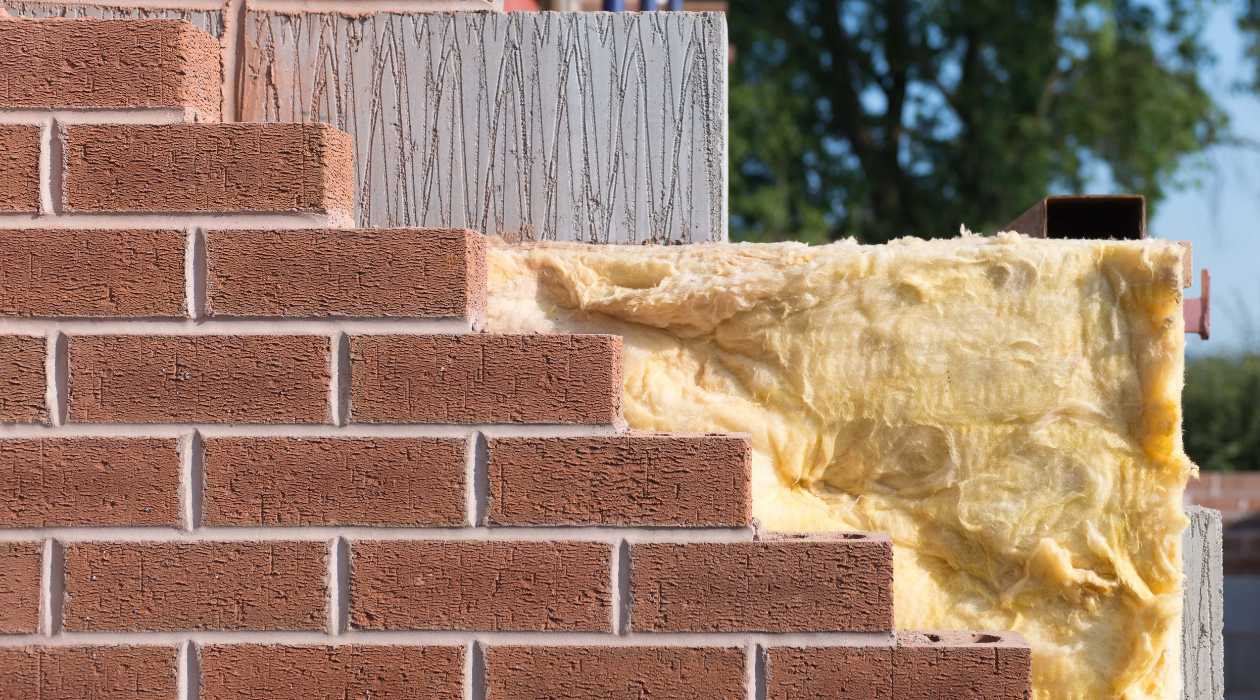
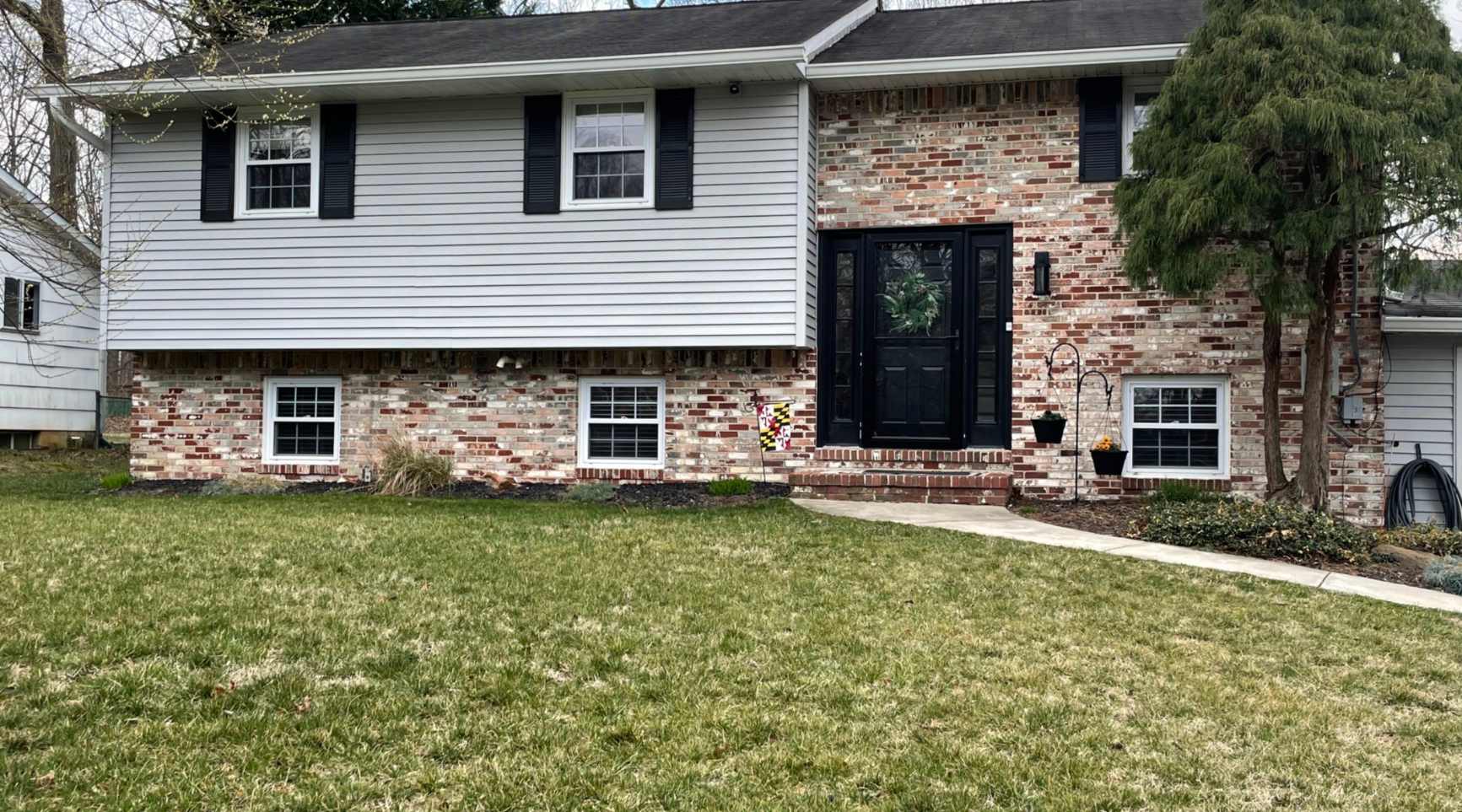

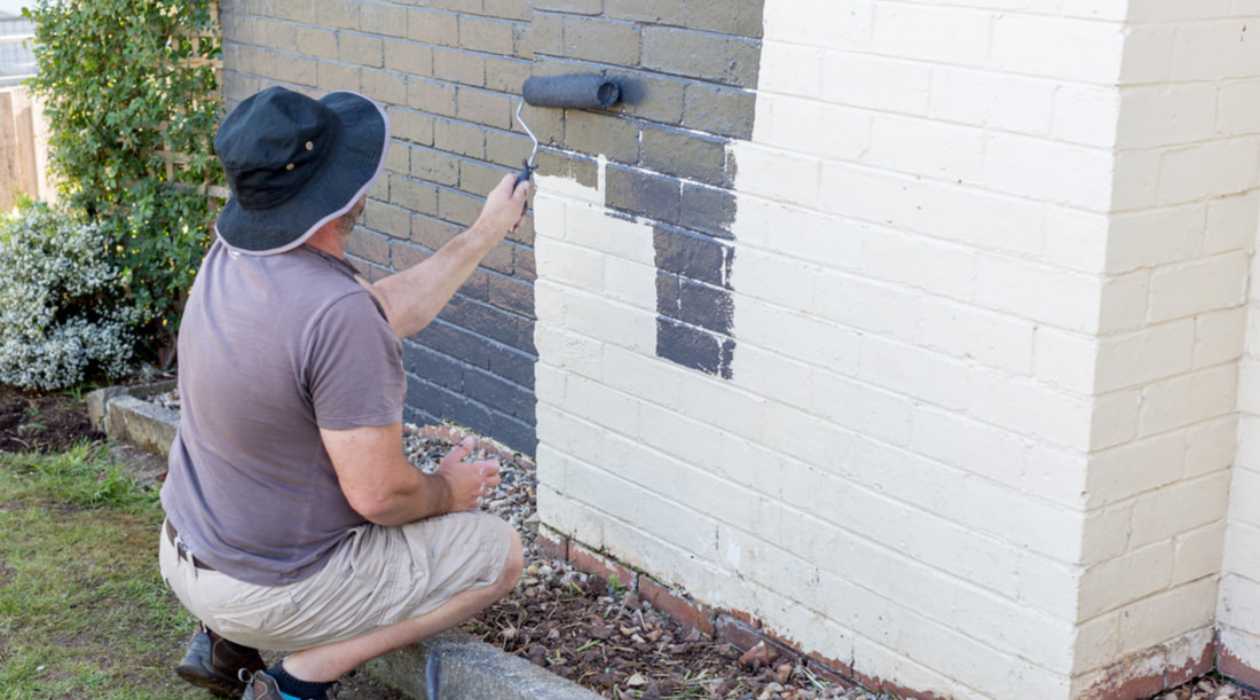
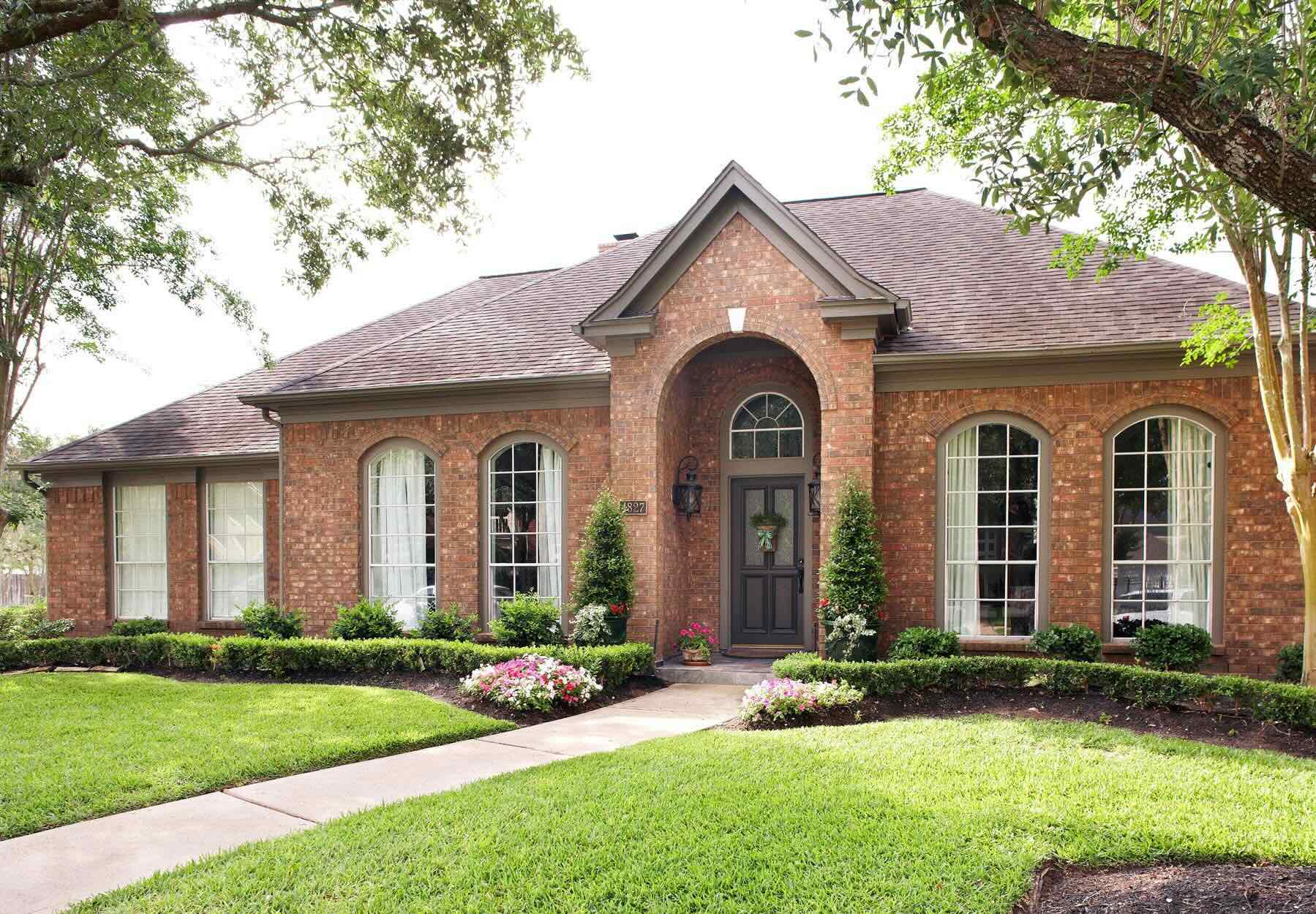
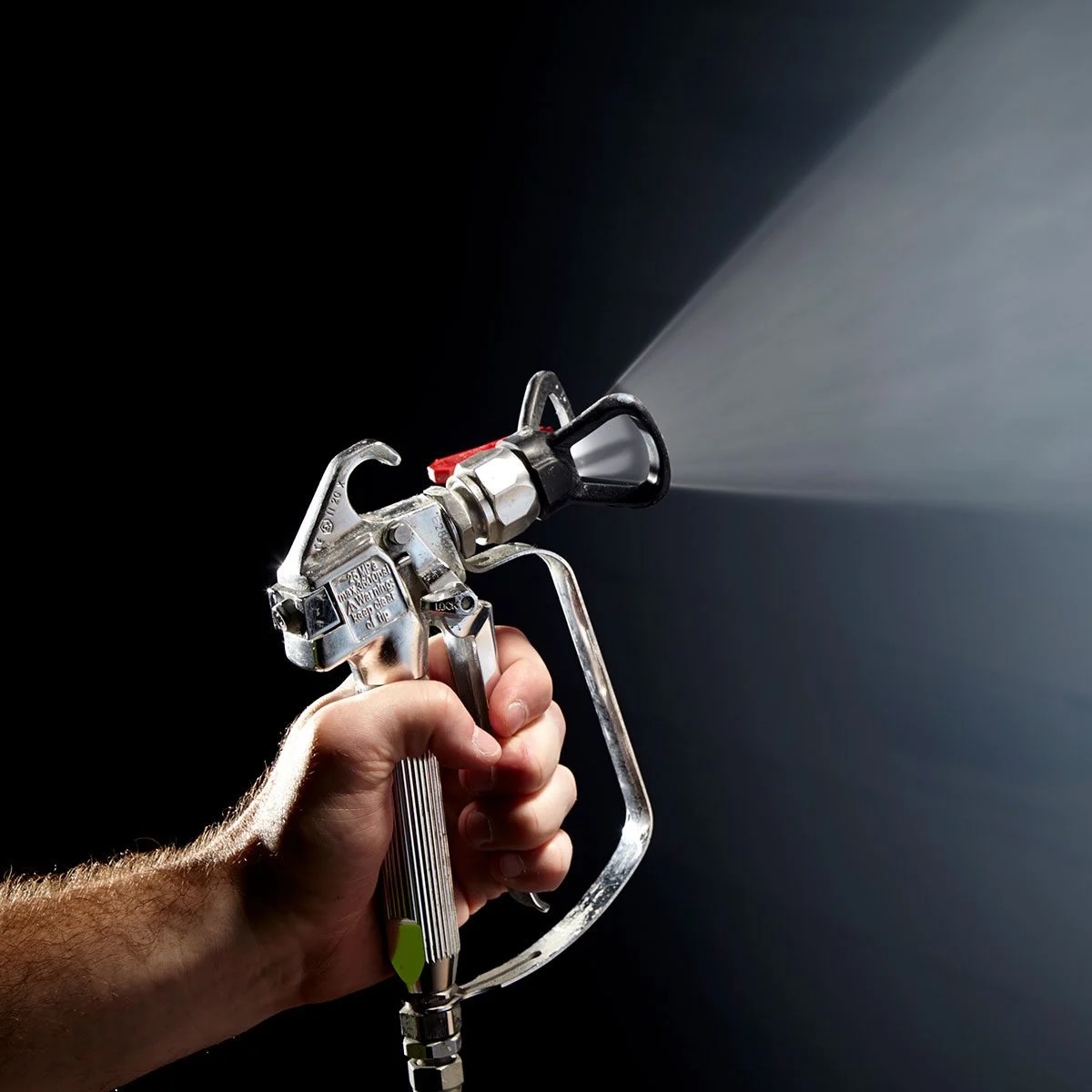
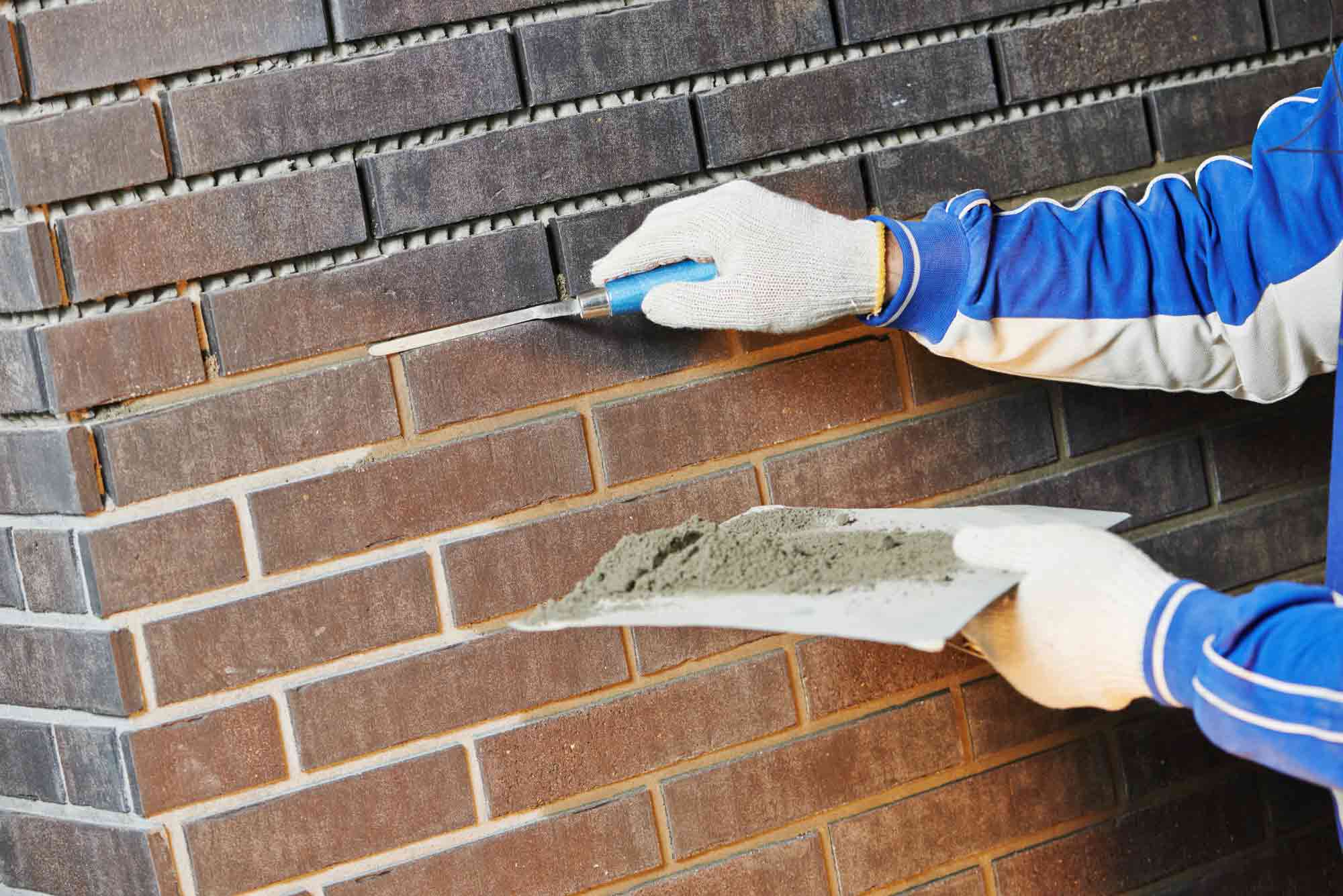
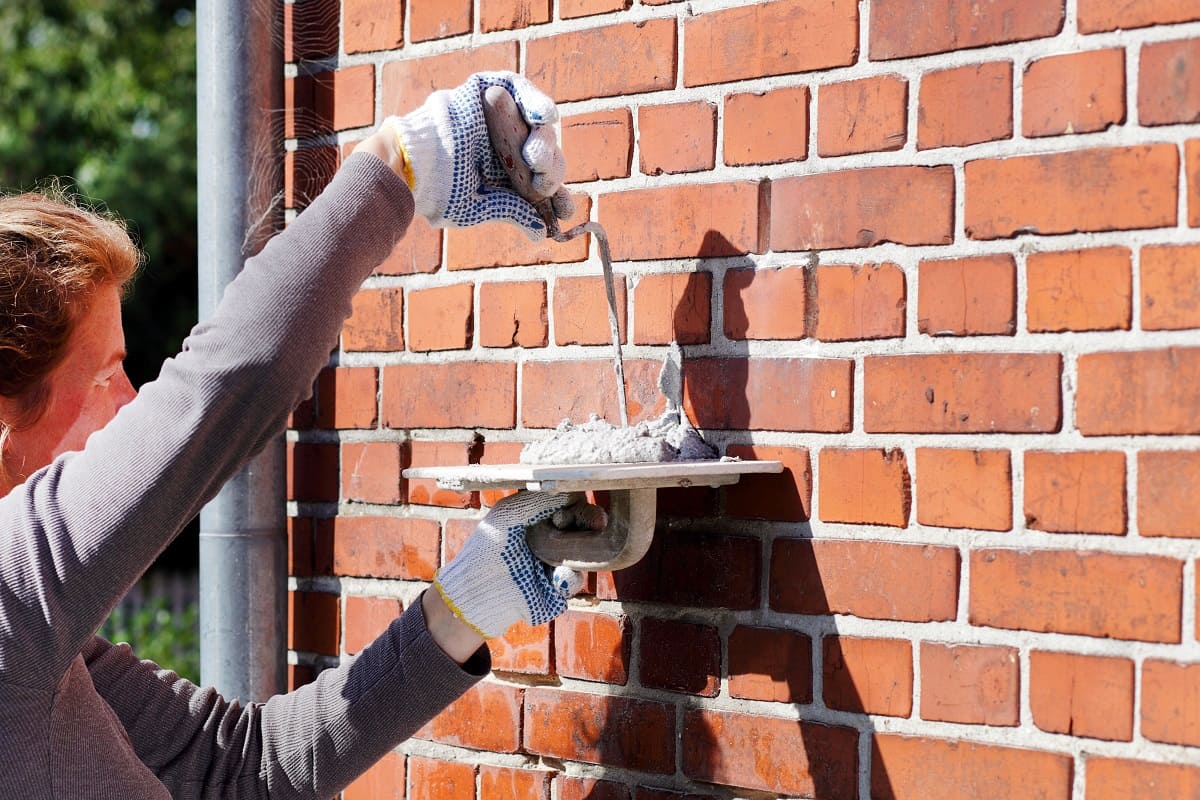
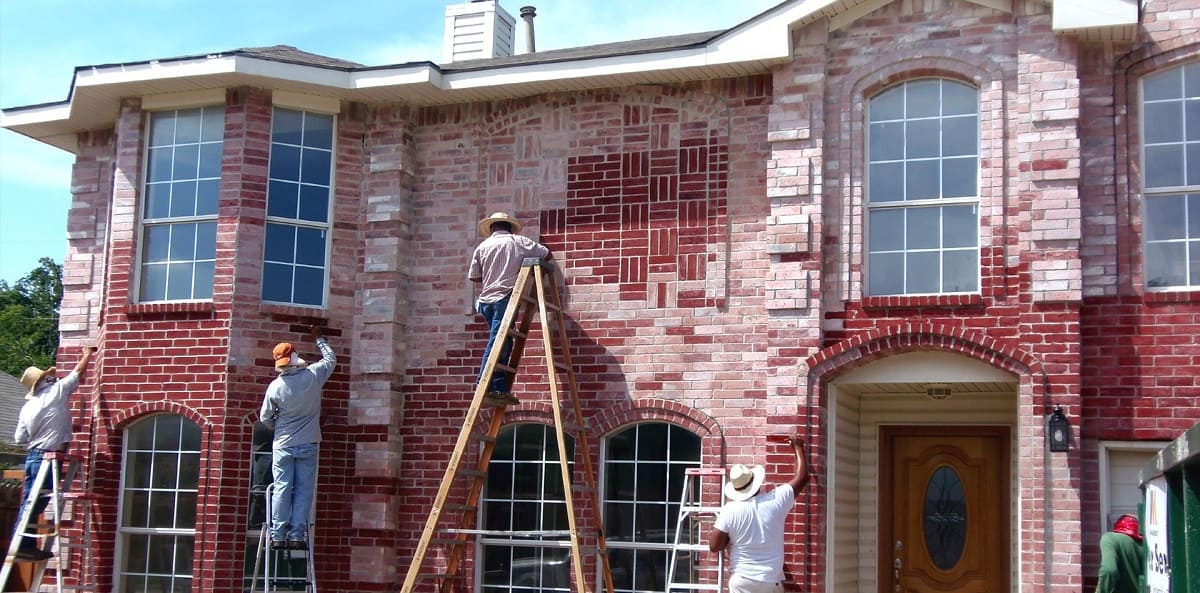

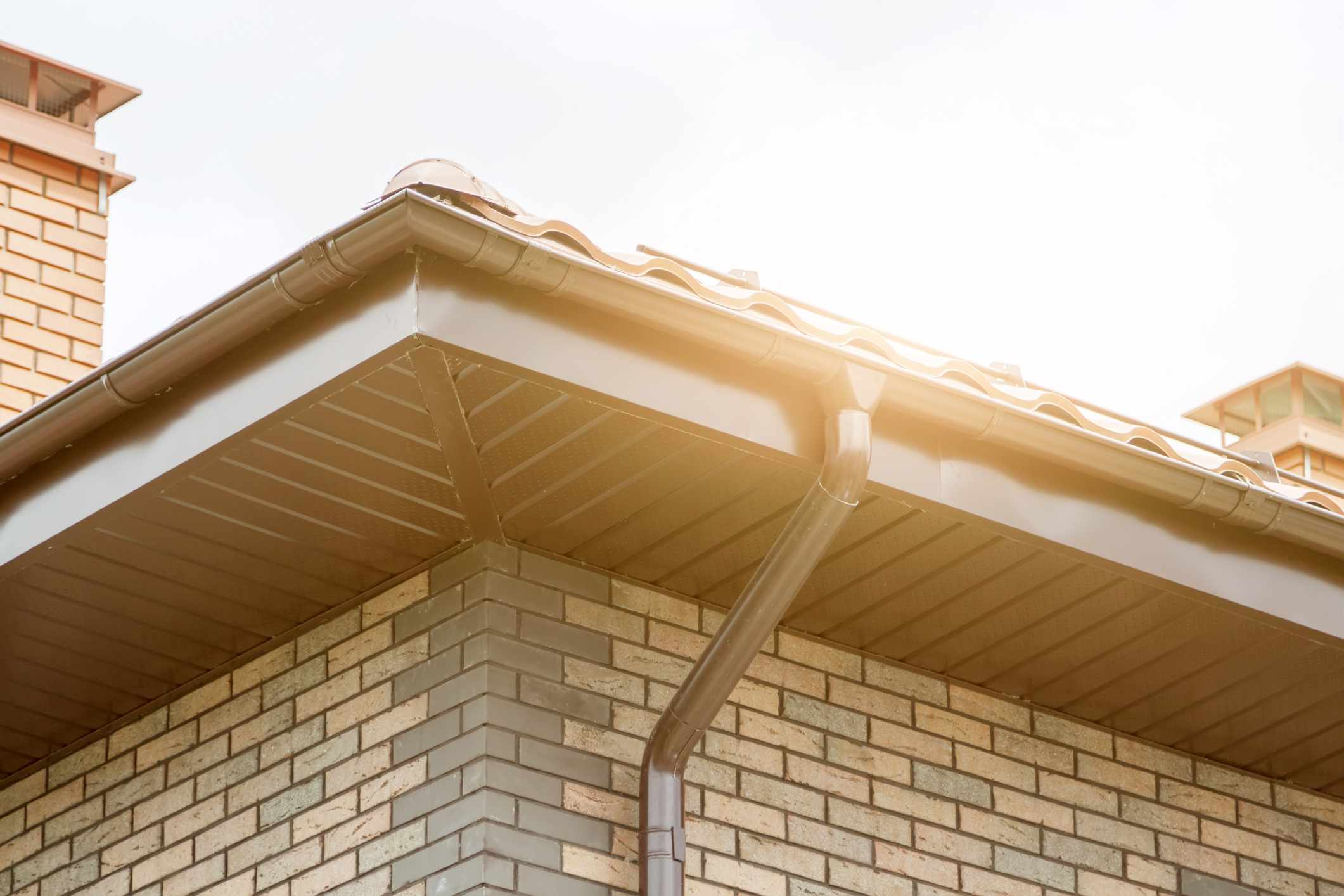
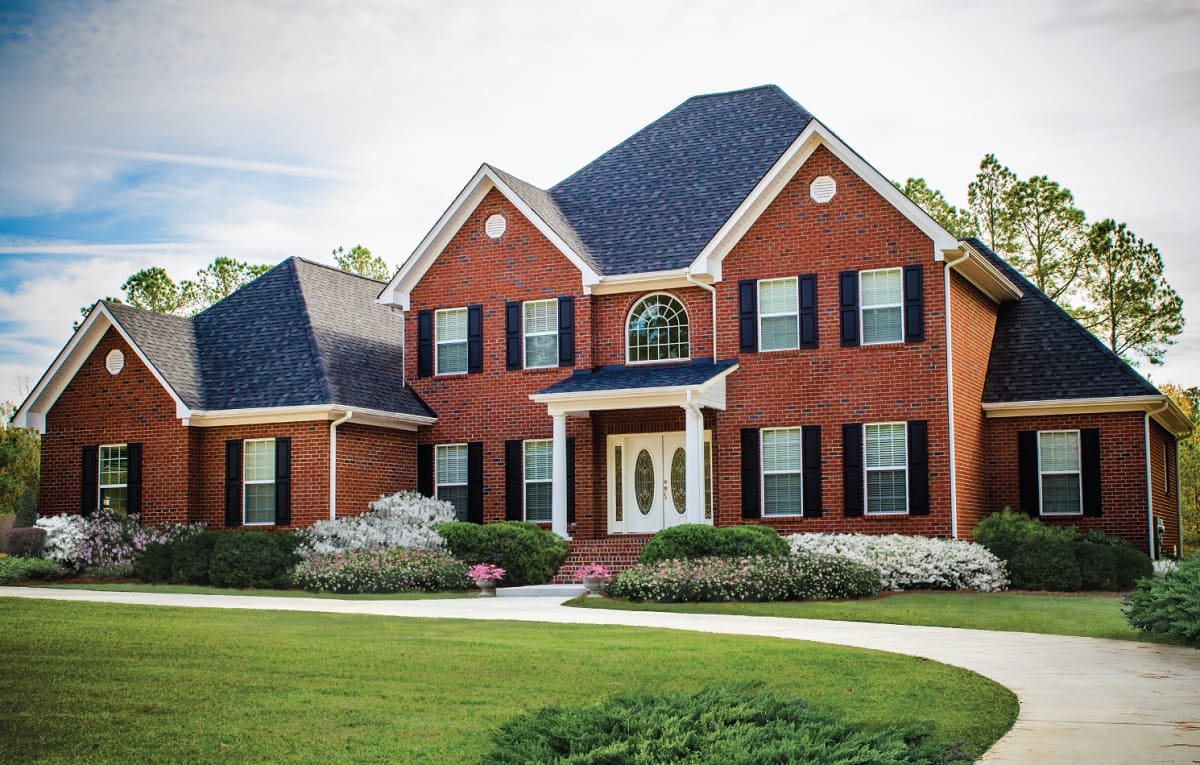
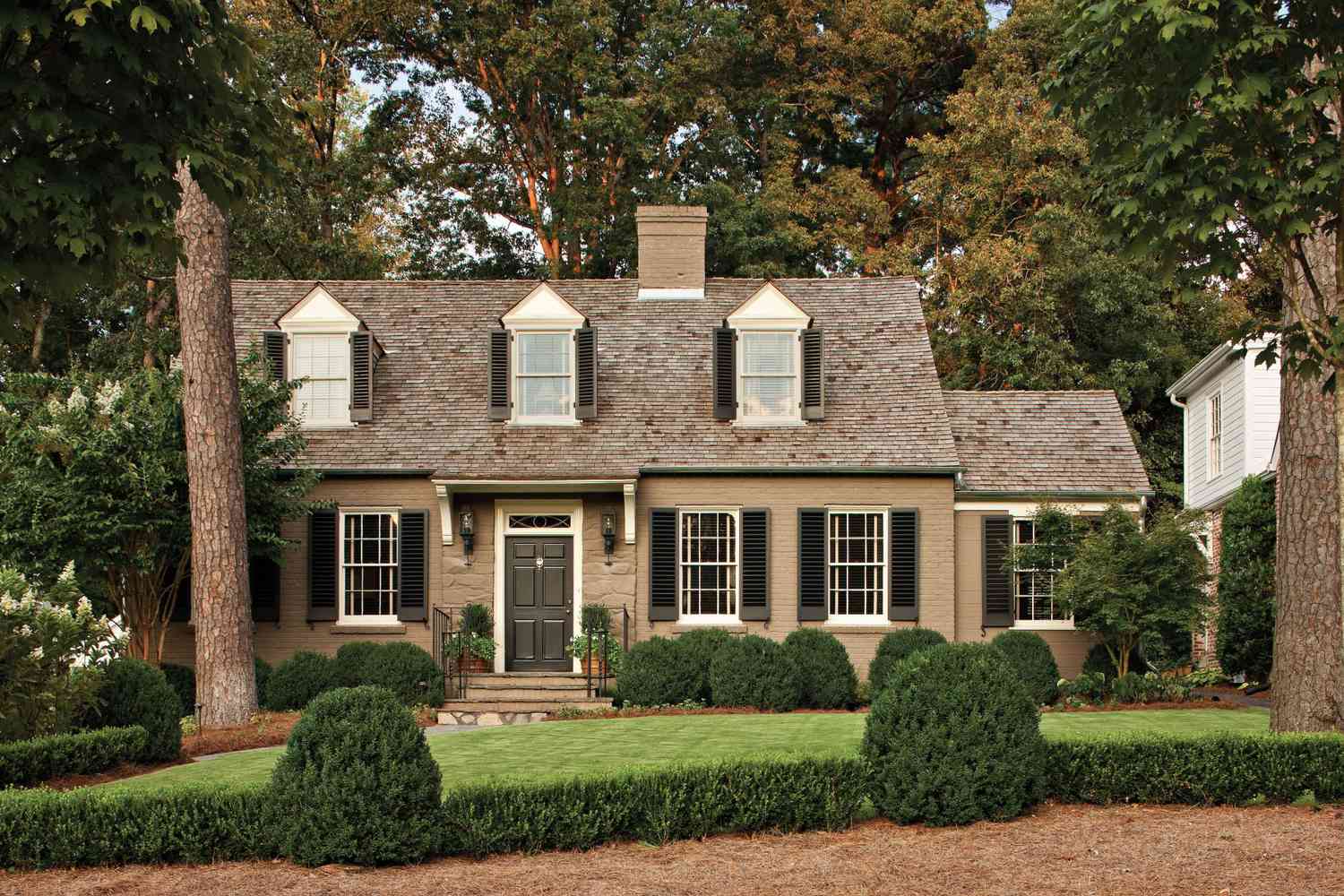

0 thoughts on “How To Pressure Wash Brick House”